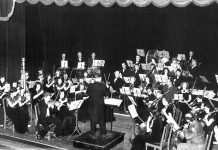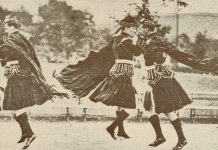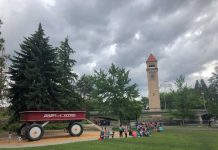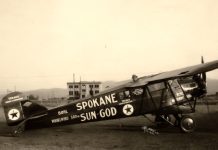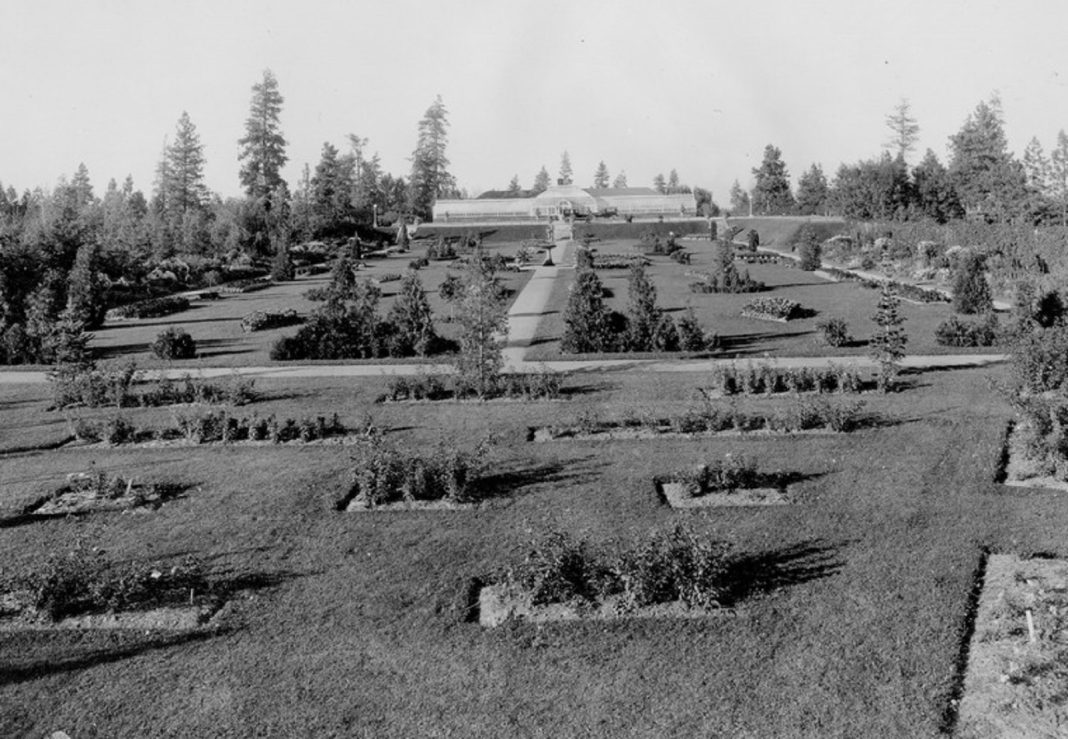Spokane’s Manito Park is one of the most treasured places in the city. Being just minutes from downtown and consisting of bountiful gardens, this magnificent park has become a must-see for visitors and locals alike as they enjoy exploring its 90 acres of breathtaking views, flowers, and solemn tranquility. Couple this with the park’s abundance of playgrounds, walking and biking paths, ponds, paved roads for scenic drives, greenhouse conservatory, and café, its safe to say the park is a beckoning oasis for the 150,000 plus visitors it welcomes each year. It’s not just any old park; it is THE park for citizens of Spokane, and the history behind its masterpiece is just as captivating as its beauty.
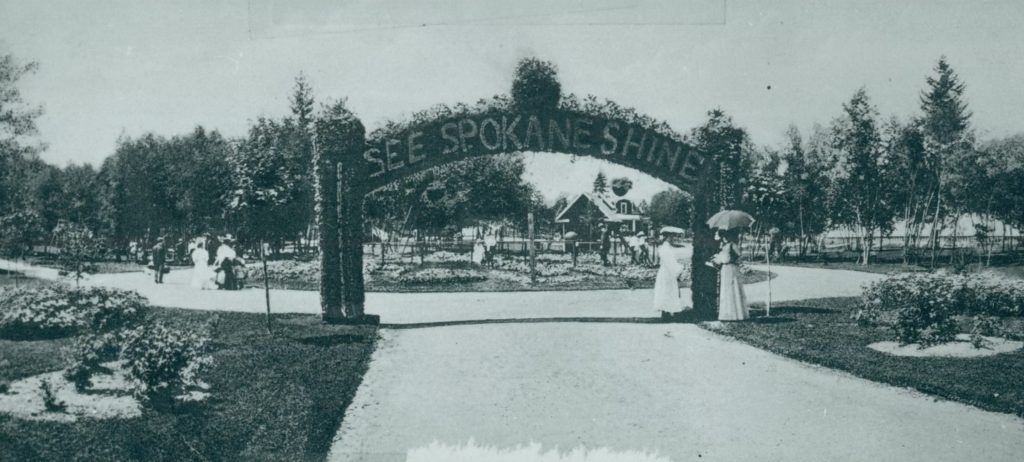
The Early Development of Spokane’s Manito Park
In 1884, Francis H. Cook dreamt big, purchasing 40 acres of land atop Grand Boulevard Hill, where one of Spokane’s historic churches, Cathedral of St. John, now stands. A man with a vision, Cook would become a leading player in Spokane’s early development and was responsible for many of the city’s “firsts,” including starting the first newspaper, the “Spokane Times.” This acquisition of land would lead to many of the others.
Initially, he developed a farm there just outside the townsite, then two years later, he purchased another 160 acres. He called this area Montrose Park, meaning mountain of roses, with plans for a residential development surrounding it. To attract potential buyers, he built a trolley line so that they could have transportation to and from the area in 1888, thus making him the owner of the city’s first motorized streetcar line.
Tragically, the Panic of 1893 proved to be a big hit to Cook, who was already heavily mortgaged at the time. Eventually, mining investor and railroad builder Jay P. Graves took over Cook’s holdings. After changing the area’s name from Montrose to Manito, meaning spirit of nature, he donated the land to the citizens of Spokane in 1903, and thus, the legacy of Manito Park began.
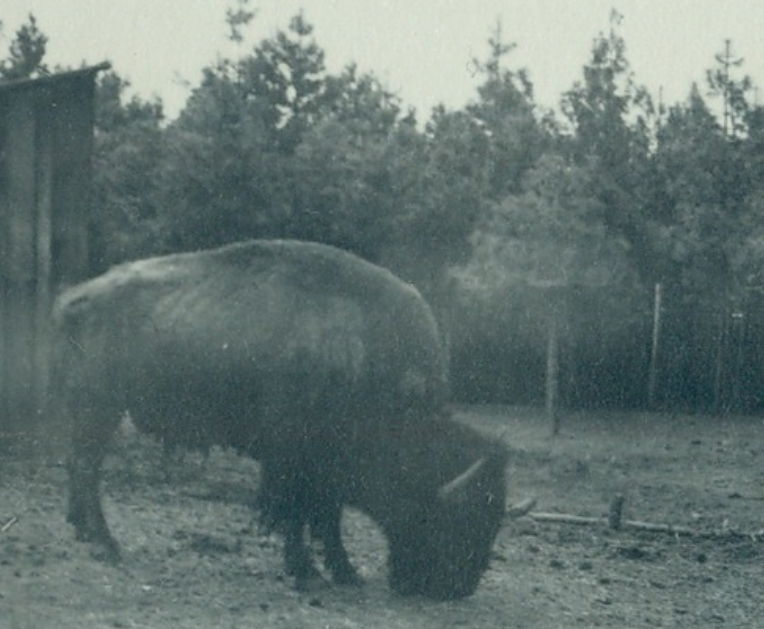
Manito Park Adds to Spokane’s List of “Firsts” with the Addition of Manito Zoo
Initially, money was tight for Manito. Even the park’s first swing set was made out of old power poles. They worked with what they had, and since the main goal was just to make the park a park, Charles Balzer, appointed as the park’s first superintendent in 1902, didn’t think twice when he fenced off one of the many spring-fed ponds scattered around the grounds. For him, it was just an ordinary day. For the city of Spokane, it would become something beyond extraordinary.
Residing in the now fenced-in pond was a beaver family, and soon, gawkers gathered to watch the creatures scamper and play. Spokane’s first and only animal zoo was born in an unexpected surprise.
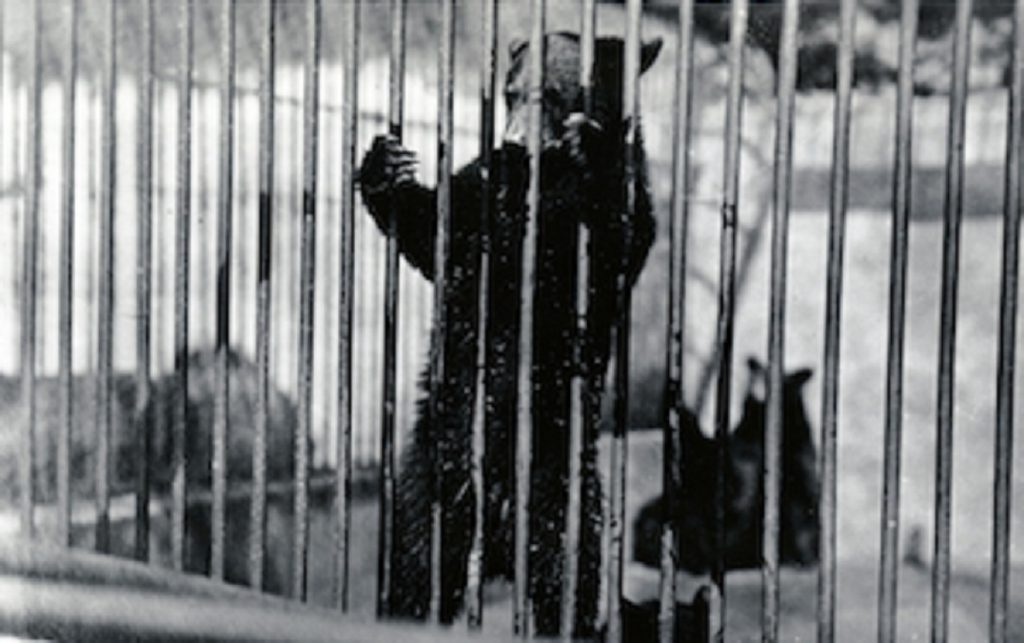
Manito Park’s Zoo Crawls with Critters as it Draws in Crowds
As word got around about this “zoo” that was, at the time, simply a collection of beavers, the city of Tacoma sent Spokane a full-grown bull elk, “Old Preach,” named after the retired clergyman who sponsored the donation.
To make sure Old Preach wouldn’t get lonely, Balzer got him a roommate upon completion of his fence, a billy goat named Billy and Billy had a nasty habit. The goat was known for chewing tobacco like it was going out of style, and it seemed he passed the quirk onto Old Preach himself as he was reportedly found mooching off his crowd of admirers for a cud of tobacco.
Then, one fateful day, a photographer for the Chronicle decided it would be a good idea to sneak into the strange duo’s corral to take photos. Upon bending to snap his picture, Billy apparently charged, and the photographer was even sent over the fence, according to some accounts. A write-up of the humorous incident in the paper would skyrocket the zoo into the spotlight, attracting the likes of wealthy Spokanites, such as the aforementioned Jay P. Graves himself, to offer to buy more animals for the fledgling zoo.
By 1905, Balzer was building cages and collecting animals to put on display. However, his work in the park would come to an end a short time later, after the establishment of the city’s Park Board two years prior in 1907. The board and Balzer were immediately at odds over how things should be done once talk of improvements began, and he was subsequently replaced in 1909 by John W. Duncan.
It didn’t take long for Duncan to add a dozen more attractions to the park. Among them would be a pair of Yellowstone grizzlies, six elk from Glacier Park, a quartet of buffalo that would roam the not-yet Lilac Garden, and even managed to secure an emu and an ostrich. At its peak, the zoo would be home to all of these, plus crows, owls, coyotes, pheasants, foxes, raccoons, bobcats, cougars, pigeons, ducks, a golden eagle, and even brown, black, and polar bears in addition to the Grizzlies.
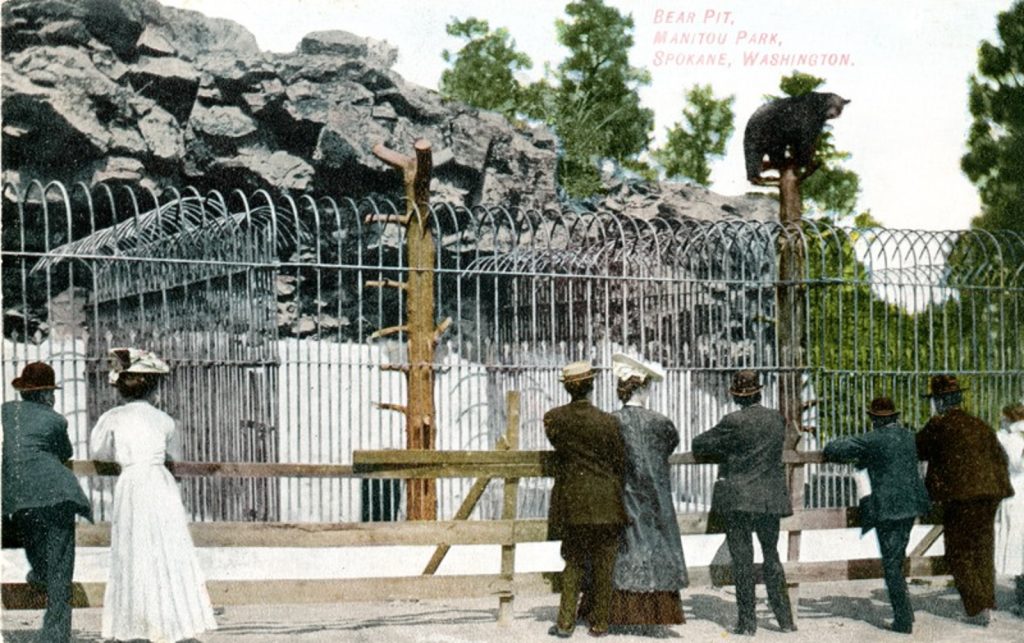
Behind the Bars: A Look at Manito Park Zoo’s Darkest Days
When the city hired the Olmsted Brothers in 1907 to help the Park Board plan a system of city parks, they never expected the famed landscape architects from Massachusetts. All seemed well in this new business venture. However, the Olmsteds proved to be the zoo’s first critic when their 1913 report recommended that the Manito Zoo be closed due to insufficient space and high maintenance costs. If the board resisted its closure, it was highly advised to keep only the animals native to the area and give them more space to be happy and healthy.
Naturally, the non-native animals were drawing in the crowds, so this was simply out of the question as far as the park board was concerned. Instead, they continued their efforts to build support for the zoo and increase its popularity, even including a plan in 1917 to preserve deceased animals and donate them to the city.
Though they were doubling their efforts, the animals were already not cooperating. By 1910, one bear cub had already caused terror when it escaped, nearly resulting in a lawsuit. Again, in 1916, another bear cub that had just been captured in the wild was already trying to escape within 15 minutes of his arrival. Despite efforts to dissuade him, he managed to wriggle through the bars a short while later. Days of hunting ensued, and by day ten, the bear had won its freedom, and the search party publicly admitted defeat.
Then again, in July of 1923, 9-year-old Elizabeth Harris would visit the zoo with her nanny. While feeding the polar bears, she would put her hand into the enclosure. One of the bears would then pull her arm into the cage, drawing blood that the other polar bear would smell, thus resulting in a horrific attack. As attendants scrambled to free the girl from the bear’s clutches, the damage was already done, and while they were successful at saving young Elizabeth, it was too late for her arm as it was torn off, having been bitten off at the shoulder.
Still, the bears remained, and no lawsuits were filed. Little Elizabeth loved the zoo so much that she insisted no harm come to the bears and put the blame solely on herself. Perhaps if she had, the following bizarre bear incident at the zoo wouldn’t have occurred just seven years later. In this instance, on a 91-degree day in July (the second hottest day of the year), the extremity of the heat sent one of the bears into such a frenzied rage that it jumped on his mate with all four paws, breaking its back.
The violence from animals in the park wasn’t exclusive to just the bears either. At one point, two baby coyotes were drowned by what the headline at the time called a “murderous monkey.” Five young pups had gotten too close to the monkey’s cage, which then reached through its bars to pick up one of the pups and throw it into a pool of water. After repeating the act of throwing the baby coyotes into the water and watching them swim out several times, the monkey then proceeded to hold them underwater until they drowned.
Still, the zoo remained a point of pride for many Spokanites despite its shortcomings, such as the stench and sheer cacophony that grated neighbors’ ears. The cougars screamed, visitors would constantly egg on the coyotes into howling, and there were countless pounds of excrement from the animals as the visiting masses continuously fed them bread and peanuts.
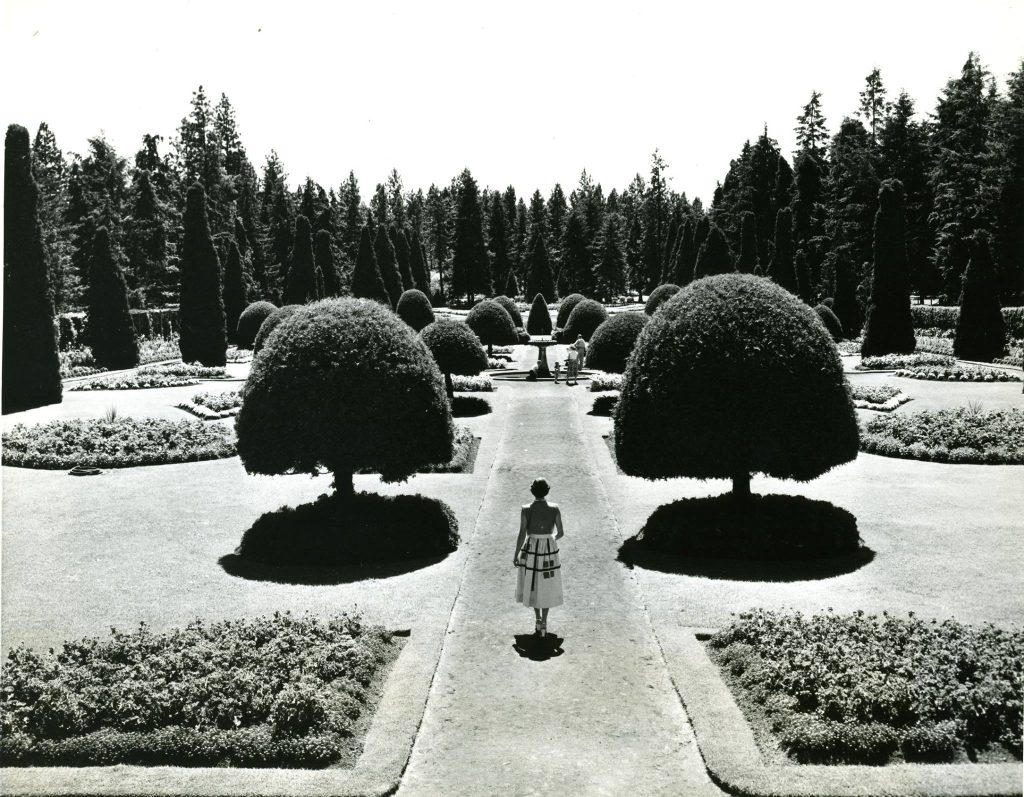
Spokane’s Only Public Zoo Comes to a Close in Manito Park
Despite all the tragedies, the Great Depression would ultimately put the final nail in the coffin for the zoo. By 1932, jobs and money were already scarce, and a homelessness crisis took over the University District. So when Duncan requested nearly $3,000 to feed the zoo’s animals for the next year, people balked for the first time.
With a 6-5 vote, the park board voted to close the zoo, giving Duncan until January to “dispose” of the animals. Though he would try to find a home for all the animals, not all would be so lucky. The sharp cracks of a .30-30 rifle ringing out through downtown Spokane on January 8, 1933, would hasten the end of the Manito Zoo. This would be the most traumatic experience Spokane residents would associate with the zoo.
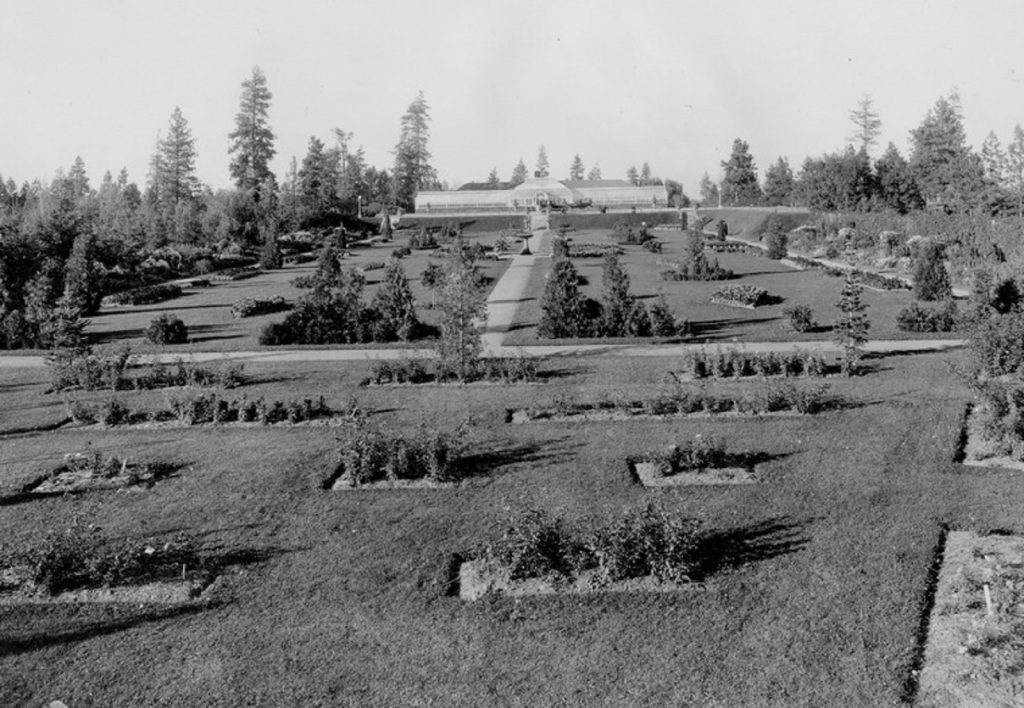
Spokane’s Manito Park Blooms with New Life as Focus Shifts to its Many Gardens
Some remnants of the zoo can still be seen within Manito Park today, such as an iron bar sticking out of a rock that was once part of the bear cages just behind the Park Bench Café. It, too, is part of this solemn yet captivating history, having originally been known as the Peanut Shack.
After the zoo’s closing, the park board turned its attention to the 90 acres of Manito, focusing on gardening and landscaping. Work on the Perennial Garden began shortly after, in 1940, then in 1967, the creation of the Nishinomiya Tsutakawa Japanese Garden was underway. Once again, the park was abuzz with the gentle sounds of nature. Now, the only animals on sight are your everyday squirrels, birds, and pond fish.
Eventually, the Friends of Manito was founded in 1990. The non-profit is dedicated to preserving, enhancing, and celebrating what has become Spokane’s regional treasure in Manito. They continuously raise funds for park maintenance and improvement, showcase the park with annual events, and offer educational programs that inspire everyone to engage with the natural world. All of this is done in partnership with the City of Spokane and a broad community of supporters.
Manito Park’s narrative reflects Spokane’s own evolution. While the captivating history of the park and the Manito Zoo wasn’t without its complexities, Manito Park undeniably catalyzed Spokane’s development. In the beginning, it simply brought people to a new neighborhood. Then, the zoo proved to be a tourist boost during the city’s formative years despite its operational difficulties. Even today, when the Manito Zoo has been long gone and forgotten, this beautiful public park, complete with arboretum, botanical gardens, and conservatory, continues to be a regional treasure in the very heart of Spokane.






